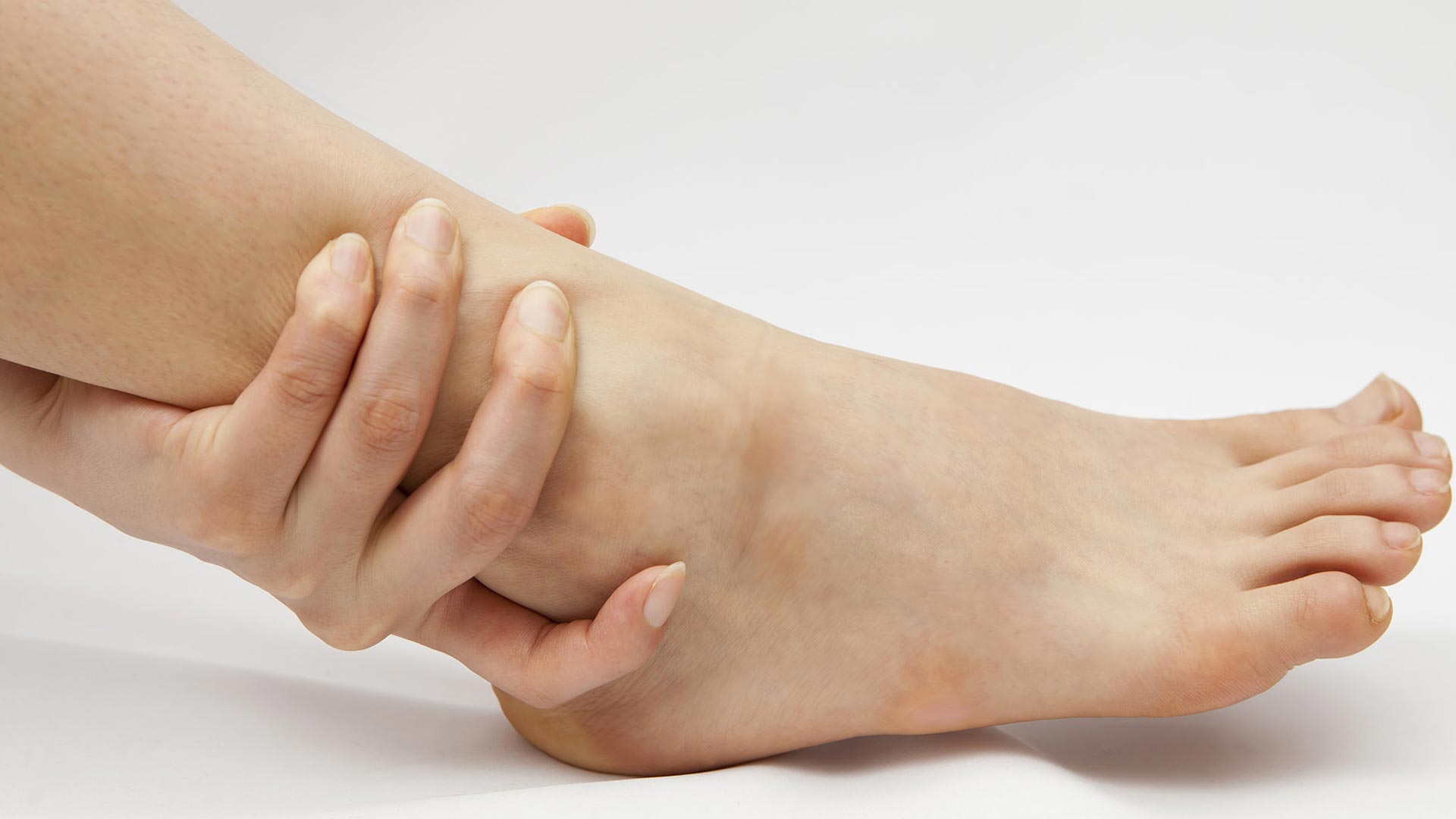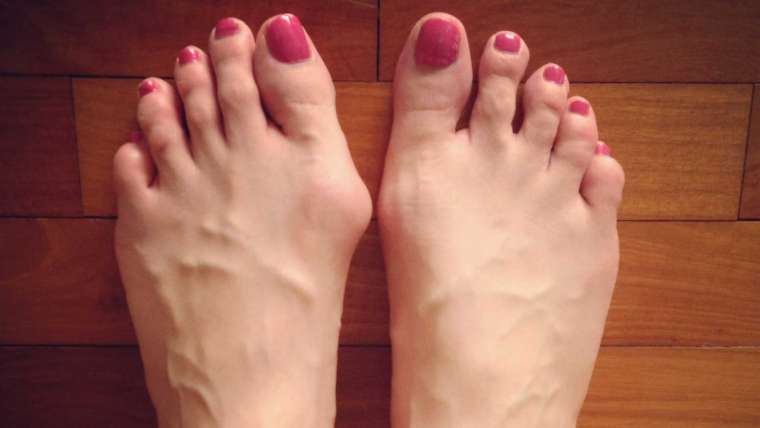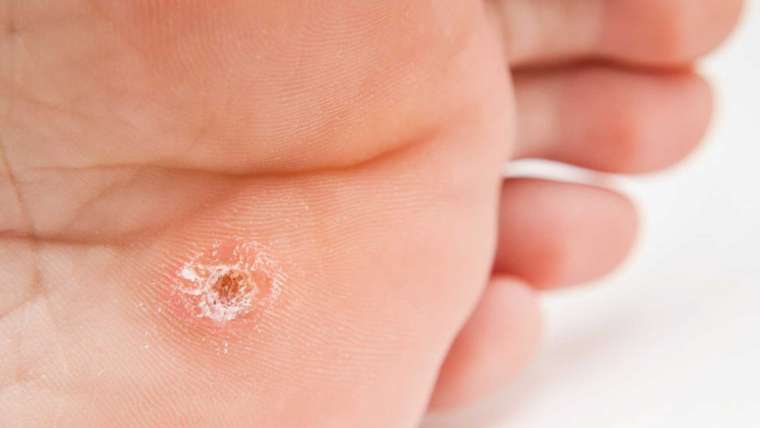What is Osteoarthritis?
Osteoarthritis is the most common form of arthritis. It can occur in any joint of the body, but most often occurs in the joints subjected to the greatest load, such as the feet and hip.
The articular cartilage is the tissue that covers the tip of the bone in any joint. Normal cartilage is smooth and its function is to reduce the friction between bones, as a shock absorbent.
The disease occurs mainly at ages 60 and over, but can occur in younger people too. Arthritis is the leading cause of disability and chronic pain in many parts of the world.
What are the effects of osteoarthritis?
Osteoarthritis causes attenuation of articular cartilage, which gradually loses its elasticity and absorbency. The cartilage, then, loses its capacity to reduce friction, so all the forces are transferred to the tendons and joint ligaments. In most people, these are not strong enough to accept extra force and as a result they become inflamed causing pain.
What are the symptoms of osteoarthritis?
The development of osteoarthritis is typically slow and may occur over several years or decades. During this period, the patient may become less and less active and thus more prone to morbidities associated with reduced physical activity (including possible weight gain).
Symptoms of osteoarthritis include the following:
- Deep pain in the joints, which is exacerbated by extensive use (main symptom of the disease)
- Reduced range of motion and crepitus (“cracking” sound) of the joint
- Stiffness during rest and sometimes morning stiffness which lasts less than 30 minutes
How is osteoarthritis treated?
The goal in the treatment of osteoarthritis is pain relief and improved joint function. Ideally, patients should receive a combination of non-pharmacological and pharmacological treatment.
Non-pharmacological interventions, which are the most important in the treatment of osteoarthritis, include the following:
- Patient education
- Weight loss
- Exercise
- Physiotherapy
- Unloading of the affected joints
Pharmacological treatments of osteoarthritis include:
- Topical anti-inflammatory creams
- Painkillers and non steroidal anti-inflammatory pills
- Glucosamine sulphate and chondroitine (vitamin which strengthens cartilage)
- Cortisone and local anaesthetic injections around joints
Initially, the pain can be alleviated with rest and can respond to simple analgesics. However, the joints can become unstable as osteoarthritis progresses. Hence, pain can become apparent even during rest.
Referral to an orthopaedic surgeon may be necessary if osteoarthritis is unable to respond to simple management. Osteoarthritis surgeries include arthroscopy, osteotomy and arthroplasty.
What can a podiatrist do for osteoarthritis?
Osteoarthritis needs to be addressed from the beginning. Patients should choose proper shoes that reduce and absorb shock and add no additional burden on joints. If your podiatrist sees it necessary, he or she will provide you with orthotic insoles in order to achieve better joint motion and slow the disease’s progression, as well as exercises to strengthen the muscles of the joint.




